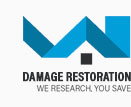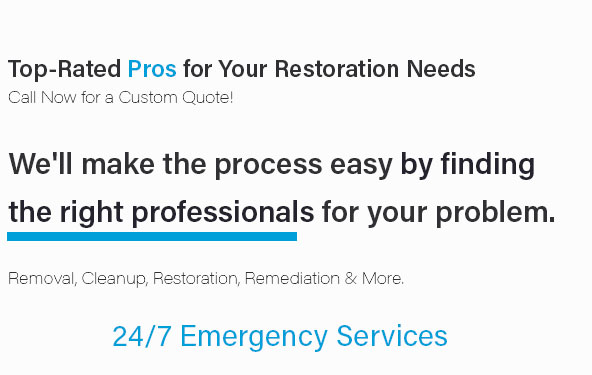 |
 |
 |
 |
|
|
 |
 |
 |
 |
 |
 |
 |
 |
 |
 |
 |
 |
 |
Mold Remediation in Staten Island: Common Mistakes to AvoidIn the picturesque landscape of Staten Island, homeowners often find themselves grappling with an insidious adversary: mold. Mold remediation, while critical, is a task fraught with complexities and potential pitfalls. Navigating this process requires more than just basic knowledge; it demands a nuanced understanding of both the science and the art involved. In this article, we delve into the common mistakes homeowners make when dealing with mold remediation and offer insights to ensure the process is handled with precision and care. Firstly, one of the most prevalent errors is underestimating the scope of the problem. Mold is a master of disguise, often lurking behind walls, under floors, and in HVAC systems, only revealing its full extent once remediation begins. Homeowners may mistakenly believe that visible mold is the extent of their issue, leading to incomplete removal and recurrent infestations. To counter this, it is crucial to conduct a thorough assessment, ideally by a professional who can employ advanced tools like moisture meters and infrared cameras to detect hidden mold colonies. Another significant misstep is the reliance on DIY solutions. While the internet abounds with tips and tricks for mold removal, these methods are often insufficient for anything beyond minor surface mold. Household cleaners and bleach might provide a temporary fix but are inadequate for deep-rooted mold. Moreover, without proper containment and protective measures, DIY efforts can inadvertently spread mold spores throughout the home, exacerbating the problem. Hence, investing in professional remediation services is not just advisable but essential for ensuring a safe and thorough cleanup. Furthermore, improper handling of mold-affected materials can lead to further contamination. Materials like drywall, carpet, and insulation, once saturated with mold, typically need to be removed and discarded. Attempting to clean and reuse these materials is a common mistake that can undermine the entire remediation process. Professionals are trained to identify which materials can be salvaged and which must be disposed of, ensuring that the mold does not return.
In conclusion, while mold remediation in Staten Island presents challenges, avoiding these common mistakes can significantly enhance the effectiveness and longevity of the remediation efforts. By enlisting professional help and addressing both the symptoms and causes of mold, homeowners can protect their health and preserve the integrity of their homes. The battle against mold is not just a one-time event but an ongoing commitment to maintaining a healthy living environment. https://www.yelp.com/search?find_desc=Mold+Inspection&find_loc=Staten+Island%2C+NY
Top 10 Best Mold Inspection in Staten Island, NY - February 2025 - Yelp - New York Mold Specialist, Crown Mold Specialists, Big Apple Mold Removal, ... https://www.puroclean.com/staten-island-ny-puroclean-bulls-head/services/mold-removal/
PuroClean of Bulls Head helps Staten Island New York, NY businesses and customers with mold removal and remediation services. Contact us today! https://www.angi.com/companylist/us/ny/staten-island/mold-testing-and-remediation.htm
Get matched with top mold testing and remediation specialists in Staten Island, NY. There are 12 highly-rated local mold testing and remediation specialists.
|
